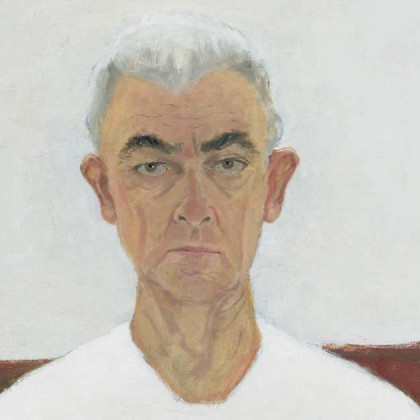Artwork
-
Inquire for pricing
Biography
Jean Paul Lemieux (b. Quebec City, 1904–1990), painter, illustrator, critic, and teacher, is known for his modernist, desolate landscapes populated by uneasy figures. While Lemieux evolved on the margins of the principal art movements of his time, his oeuvre belongs with the great figurative exploration of the twentieth century.
Lemieux studied at the École des beaux-arts de Montréal from 1926 to 1929 and demonstrated a talent for illustration. Upon graduating he spent a year in Paris, where he studied at the Académie de la Grande Chaumière and Académie Colarossi. He returned to the École des beaux-arts in Montreal from 1931 to 1935 to obtain a teaching diploma, then taught at the École des beaux-arts in Quebec City from 1937 to 1967. In the 1930s Lemieux painted the rocky terrain of Charlevoix County on the Lower Saint Lawrence, and in the early 1940s produced satirical paintings of urban and rural life. In 1955, after a year in France, Lemieux adopted a more formal and conceptual approach to his landscapes and figures
Lemieux has been represented in numerous exhibitions in Canada and abroad. A monograph on his life and work by Guy Robert was published in 1968, and he was named a Companion of the Order of Canada that same year. In 1969 the Montreal Museum of Fine Arts organized the first retrospective of his work.
Lemieux illustrated several books, including Gabrielle Roy's La Petite Poule d'eau in 1971 and Louis Hémon's Maria Chapdelaine in 1981. In 1990, the Musée national des beaux-arts du Québec organized a major retrospective of Lemieux's work, but the painter died at the age of eighty-six shortly before its opening.
